Pope Sees Laudato Si’ Movement Group
In Paul VI Hall
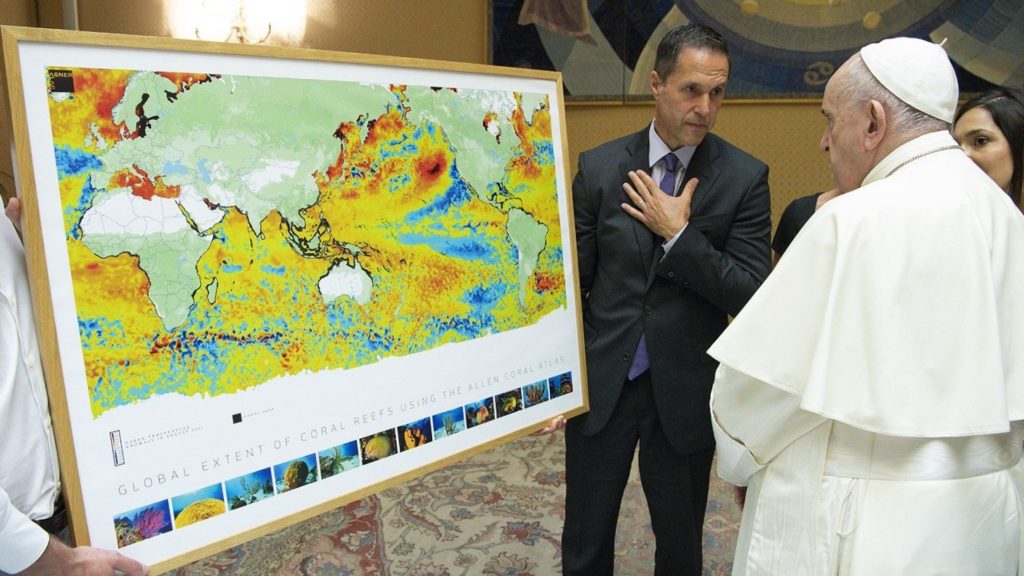
On Friday morning, August 27, 2021, Pope Francis received a delegation of the Laudato Si’ Movement in Paul VI Hall of the Vatican’s Apostolic Palace. Tomás Insua, President of the Administration Council, expressed the need to address climate change through a community conversion.
In an interview with “Vatican News,” the Co-Founder and Executive Director of the formerly called Global Catholic Climate Movement said it was his “first public opportunity to speak about the Movement with the Pope.” Taking part in the meeting were important leaders such as Chief Dadá of the Brazilian Amazon and scientist Greg Asner of the United States.
Weave Alliances
Insua also said that during the meeting he pointed out to the Holy Father “how we in the Church must weave alliances outside of the Church, be it with indigenous peoples, the scientific community or youth movements,” in order to “work together for our common home in these times of acute urgency.” Asner was surprised that the meeting with the Pontiff lasted as long as it did — 75 minutes. “As we’d say in Argentina ‘it was a pat on the back,’ a support, an encouragement to keep working in this connection, so that from the Laudato Si’ Movement we continue weaving these alliances, not only inside the Church but also outside the Church,” he stressed.
The Encyclical: Good News
The Movement’s Co-Founder underscored to “Vatican News” that the Encyclical Laudato Si’ is an instrument to preach the Good News of the Gospel of Creation He pointed out specifically that in the second chapter the Pontiff calls to “proclaim the Gospel of Creation.” He also said that the Holy Father shared his personal testimony and that he “was evangelized by the Brazilian Bishops on the ecological question.”
“The Encyclical gives us tools to resolve this crisis in a new way, which we have yet to do. On one hand, it presents the perspective of integral ecology and, on the other, the perspective that the environmental question is social (. . . ) that awareness that the two crises, environmental and social, are inter-connected and with the Encyclical the Pope has highlighted it in the public discourse and, on the other hand, the subject of ecological conversion, John Paul II’s message that we need a change of heart, a spiritual conversion to resolve this crisis. Laudato Si’ is absolutely Good News for humanity,” he stressed.
Ecological Spirituality
Found in the Encyclical is an “invitation to engage in an ecological spirituality. We must think of Creation as a place of prayer; in the connection, it’s about the Franciscan vision that the whole of Creation is giving praise to God (. . . ). Another aspect is political influence, the UN’s great summits on climate and biodiversity,” which “we can influence. An example of this is the petition: Healthy planet healthy person,” he added.
Finally, Insua clarified, that the “idea is to take Catholics’ voice regarding the care of our common home (. . . ) and we must do that together; however, in this, we continue to be timid. I think there is much activity in the Catholic community, but much more is needed. The urgency of the crisis is such (. . . ) that scientists are shouting to us: please change your course.”
The Laudato Si’ Movement
The Movement’s Website states that it arose in 2015 as the fruit of a kairós, the combination of two transforming events, which would change the answer of the Church and of humanity to the ecological crisis: the publication f the Encyclical Laudato Si’ and the Paris Agreement on Climate Change.
In the first place, the Holy Father wrote and published the Encyclical: On the Care of the Common Home, the first papal encyclical focused on the crisis of our global home. Inspired by his namesake, Saint Francis of Assisi, and by the profound communion with the whole of Creation, which is reflected perfectly in the Canticle of Creatures, which inspired the Encyclical’s title, the Pope made a powerful appeal to the Church and to all men of goodwill to unite urgently and respond to the cry of the earth and the cry of the poor.
In the second place, following the advice of the scientific community on the gravity of the climate emergency, the leaders of some 200 nations met in the United Nations Paris Climate Summit (COP21) to agree and sign the Paris Agreement. After 21 years of failed negotiations, the nations of the world had a deadline to finally achieve a common plan that would address the climate crisis before it was too late.
Translation by Virginia M. Forrester
Related
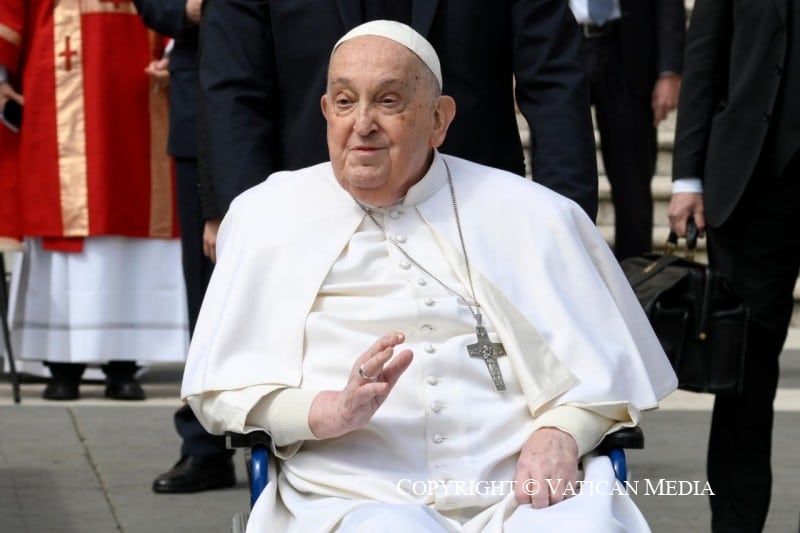
Palm Sunday: “Father, into your hands I commend my spirit”
Exaudi Staff
13 April, 2025
2 min
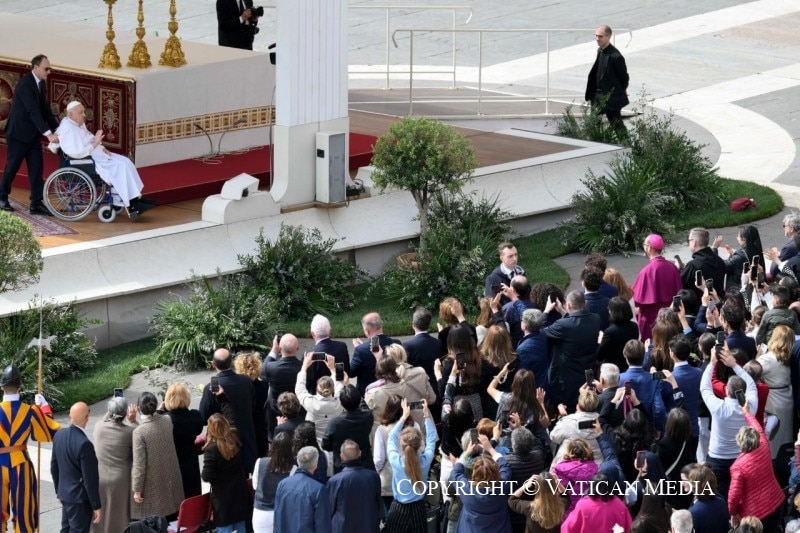
“Jesus’ passion becomes compassion when we reach out to those who can no longer bear it”
Exaudi Staff
13 April, 2025
5 min
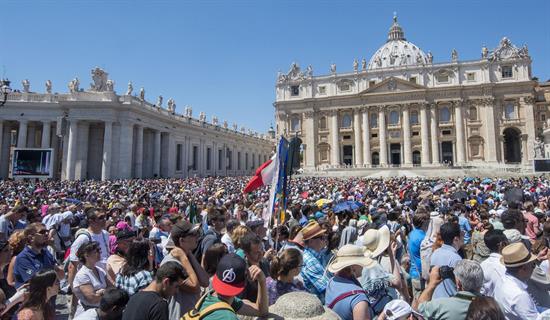
Pope Francis Sends a Message of Hope to the Young People of the UNIV 2025 International Congress
Exaudi Staff
11 April, 2025
5 min
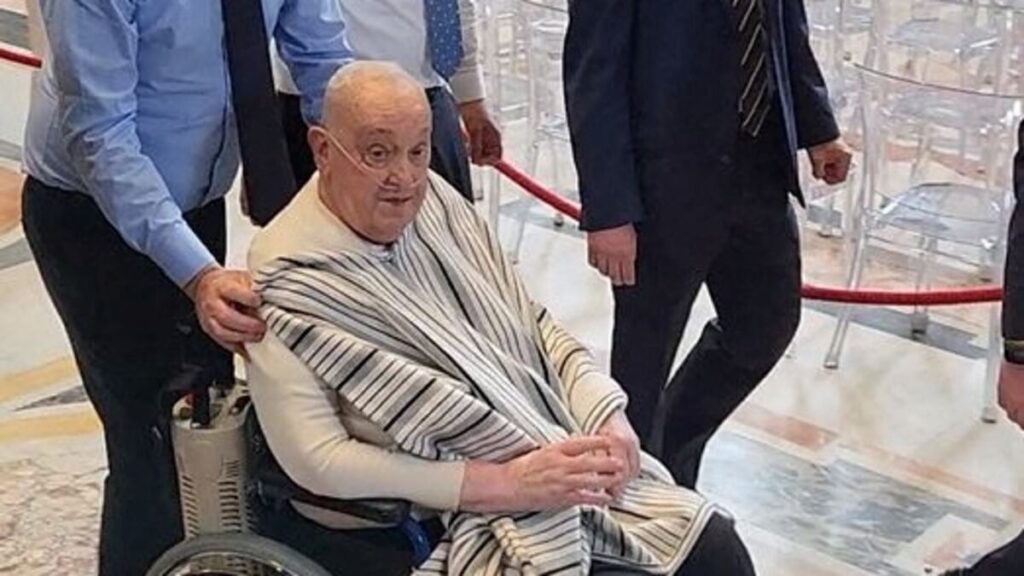
Pope Francis continues his recovery at Santa Marta with signs of improvement
Exaudi Staff
11 April, 2025
1 min
 (EN)
(EN)
 (ES)
(ES)
 (IT)
(IT)

